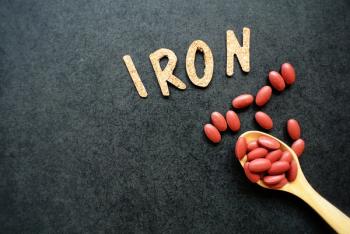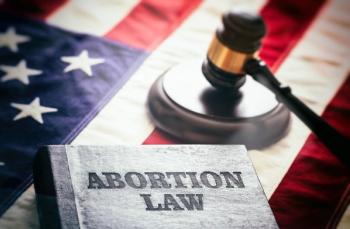
Oh, by the way. . .I'm worried about the bump on my husband's penis
Advice to patient whose husband has penile lesion: get him to his doctor quickly. Possible differential diagnoses/treatments are discussed.
Terry, a 36-year-old woman, has just had her annual Pap and pelvic exam (the latter within normal limits). As you turn towards the doorway, she asks, "Oh, by the way. . . My husband has a funny bump on his penis. . . should I be worried? Does it mean he has been cheating on me?"
Attempting a differential diagnosis
Treated with: trichloacetic acid 1%, imiquimod topical cream 5%, CO2 laser vaporization, or electrodessication/ curettage.
Treated with: ceftriaxone 250 mg IM.
Diagnosed by: positive FTA-ABS blood test.
Treated with: parenteral penicillin. The preparation(s) used (i.e., benzathine, aqueous procaine, or aqueous crystalline), the dosage, and the length of treatment depend on the stage and clinical manifestations of the disease.
Penile lesions are frequently found in sexual partners of women with cervical intraepithelial neoplasia (CIN). Most of these lesions are subclinical, only visible after acetowhite staining, and are often associated with the presence of high-risk HPV. Male sexual partners of women with CIN might constitute a reservoir for high-risk HPV.2
Newsletter
Get the latest clinical updates, case studies, and expert commentary in obstetric and gynecologic care. Sign up now to stay informed.









